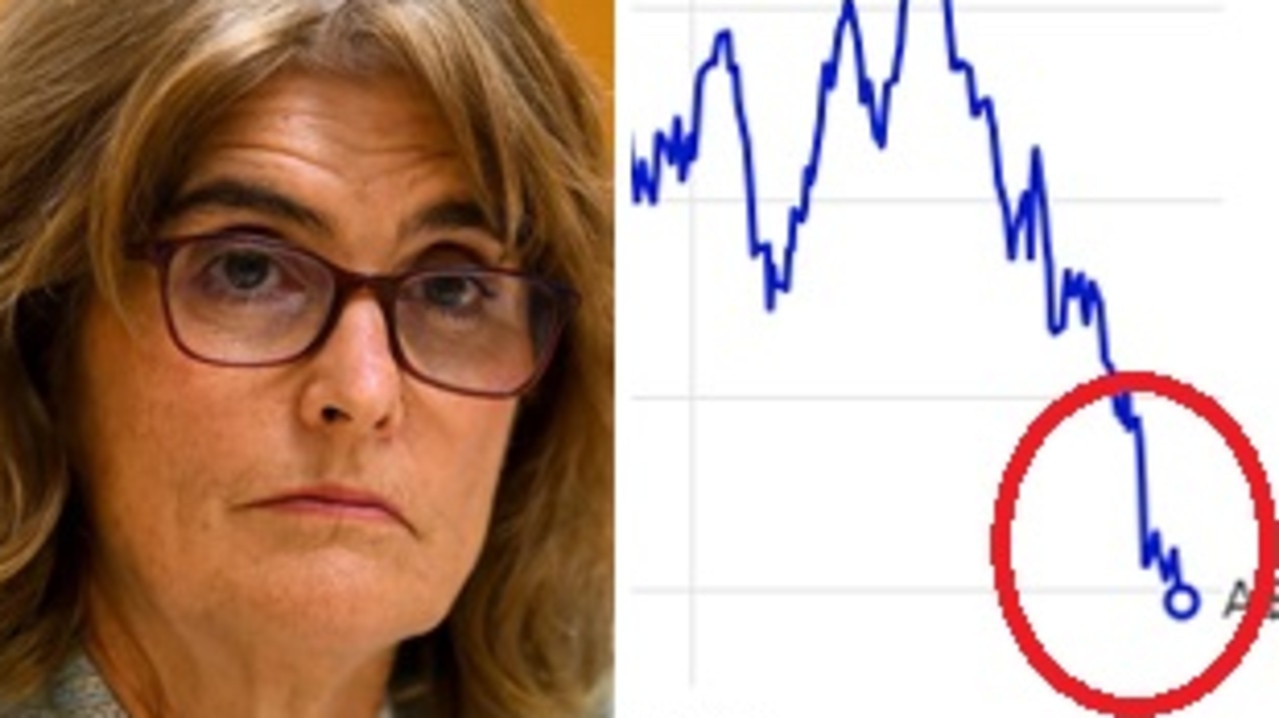What can help Aussies more than a rate cut
Desperate Aussies are crying out for an interest rate cut to ease the cost of living crisis but for some this could help them out more.
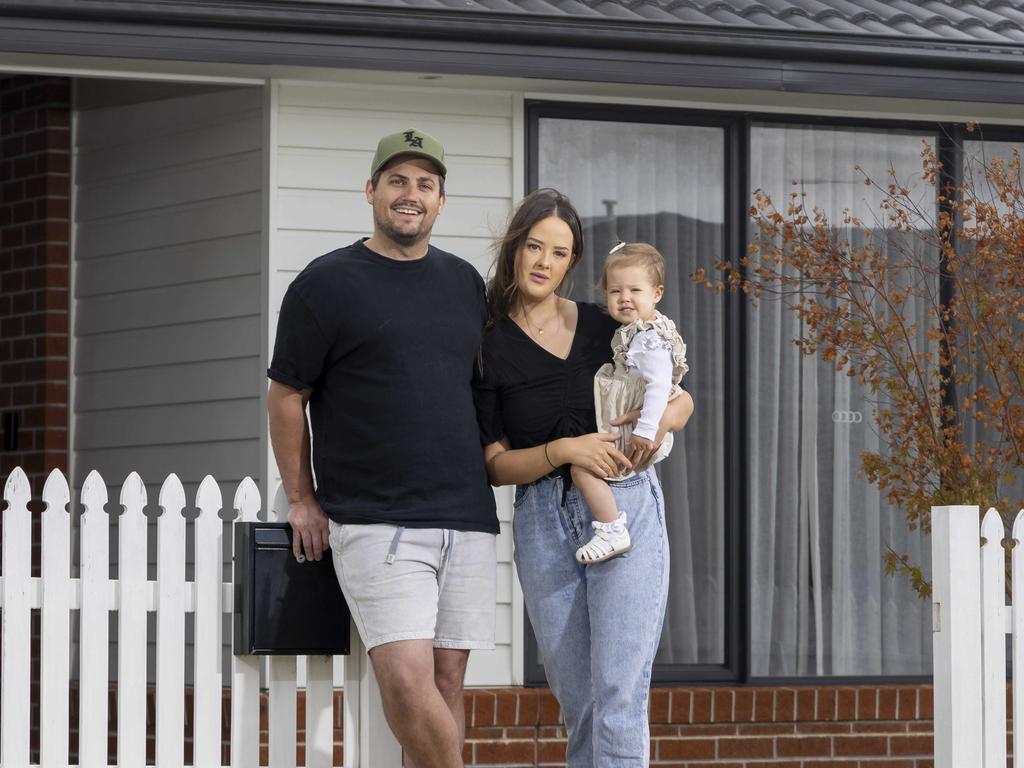
Property is entering a new phase as we start the new year, with price growth slowing across the nation.
The key indicator was the first fall in the national median value in December after 22 consecutive months of growth. It was only an 0.1 per cent drop, but it was a clear signal of changed market conditions.
Before we get into that, let’s review the final numbers for 2024.
CoreLogic data shows strong growth in the best-performing capital cities of Perth, Adelaide, and Brisbane, with home values up 19.1 per cent, 13.1 per cent and 11.2 per cent respectively. Home values in Sydney rose by 2.3 per cent and there were minor falls in Melbourne, Canberra, and Hobart.
MORE: Nude artist’s $12m problem
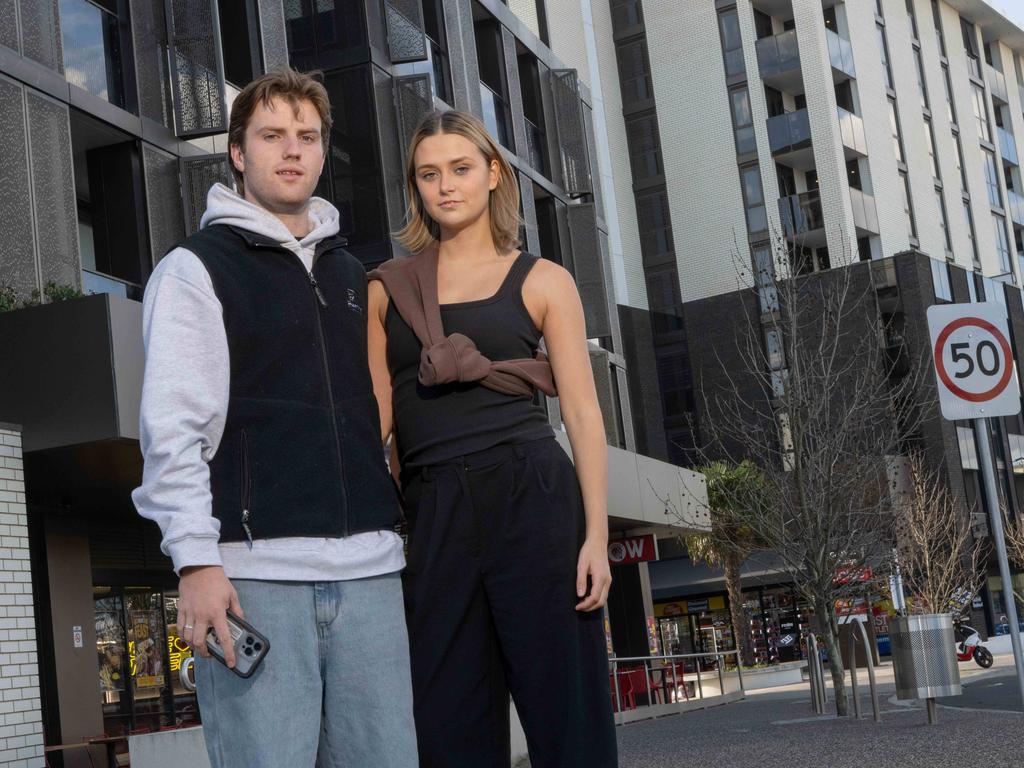
In the regions, home values rose 16.1 per cent in Western Australia, 12.5 per cent in South Australia and 10.5 per cent in Queensland. There were 3 per cent to 3.5 per cent gains in NSW and Tasmania and a minor fall in Victoria.
Looking ahead, the market may cool off for a period regardless of when interest rate cuts begin.
The first couple of rate cuts won’t make a huge difference to the market but will have a positive impact on confidence. Interest rates are going to have to come down by 1 per cent or 2 per cent before there’s real relief for homeowners and buyers.
‘MORE IMPACTFUL THAN RATE CUT’
Meantime, we saw a weakening in demand and a rising supply of homes for sale toward the end of 2024. CoreLogic data shows listings were 5 per cent higher at the end of 2024 compared to 2023, and the average time to sell a home increased from 28 days a year ago to 33 days over the December quarter.
If this rebalancing of supply and demand continues, it will be more impactful than the first rate cut. Remember, supply trumped interest rates in terms of market impact in 2023, when we had the extraordinary situation of home values increasing strongly while rates also went up. That only happened because supply was well below historical averages, particularly in Perth, Adelaide and Brisbane.
MORE: Novak Djokovic’s humble $900k ‘retirement’ home
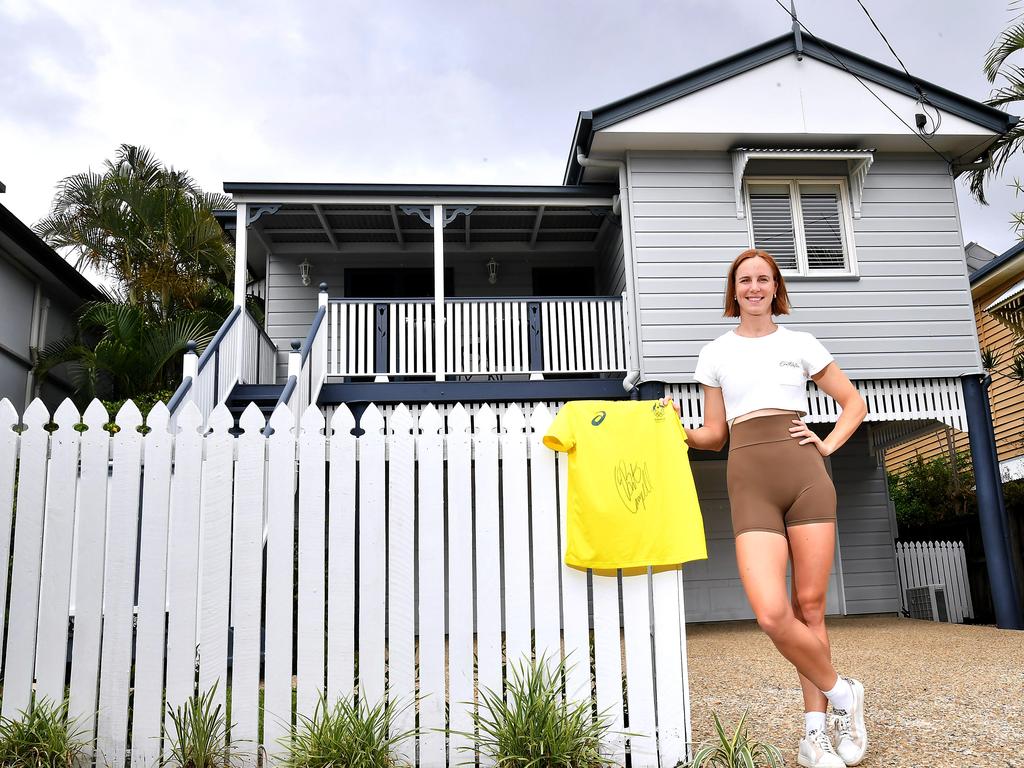
While we might be entering a cyclical downswing at the start of 2025, it is likely to be short-lived. Historical records show downswings in the Australian property market tend to be shorter and smaller than upswings. CoreLogic data shows the biggest fall in the national median home value ever was just 7.7 per cent (between October 1982 and March 1983).
SHORT-TERM OPPORTUNITY IN SIGHT
There’s also a very big silver lining to downswings. They create better buying opportunities, and even more so if they occur alongside falling interest rates. Buyers should be alert to this short-term opportunity in 2025.
MORE: Latest in home prices from PropTrack
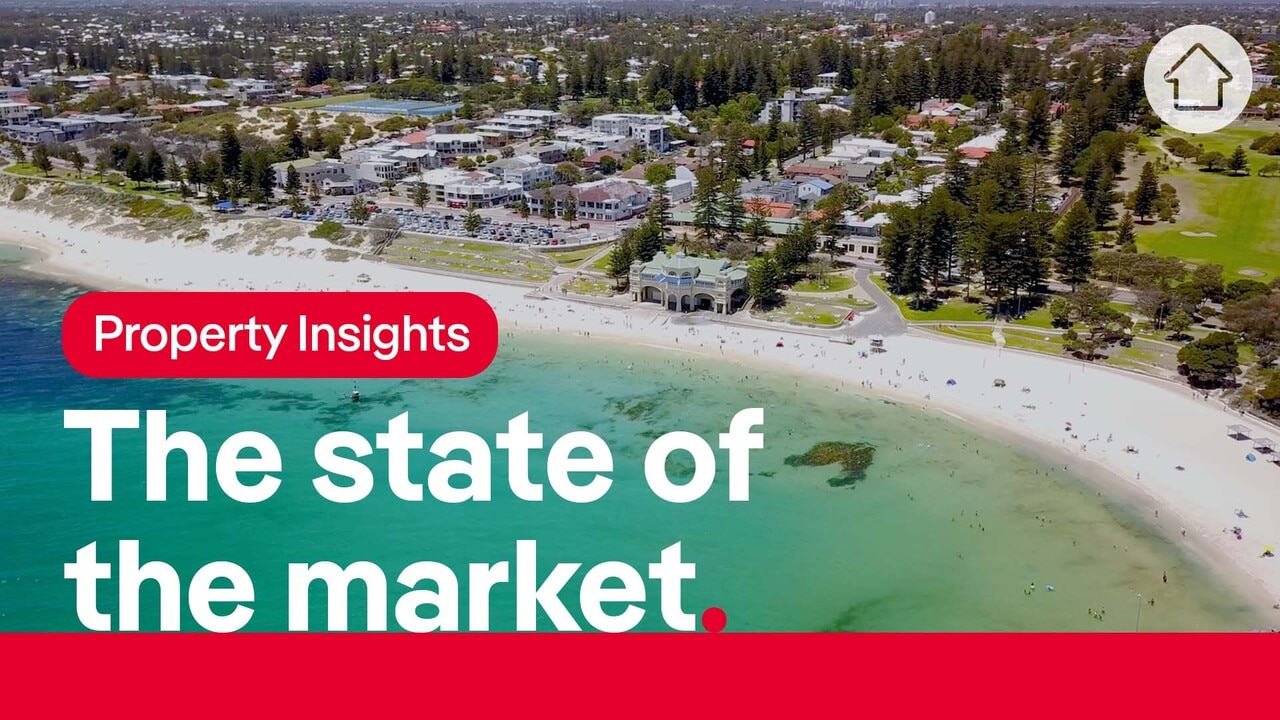
Meantime, I think the middle to upper market will remain strong. It’s not influenced much by rate changes because fewer homeowners and buyers have significant debt. We’re also seeing a rising wave of activity among baby boomers in this market, and that is creating a lot of price strength.
MORE: ‘Hate’: Ivanka lifts lid on leaving Donald Trump
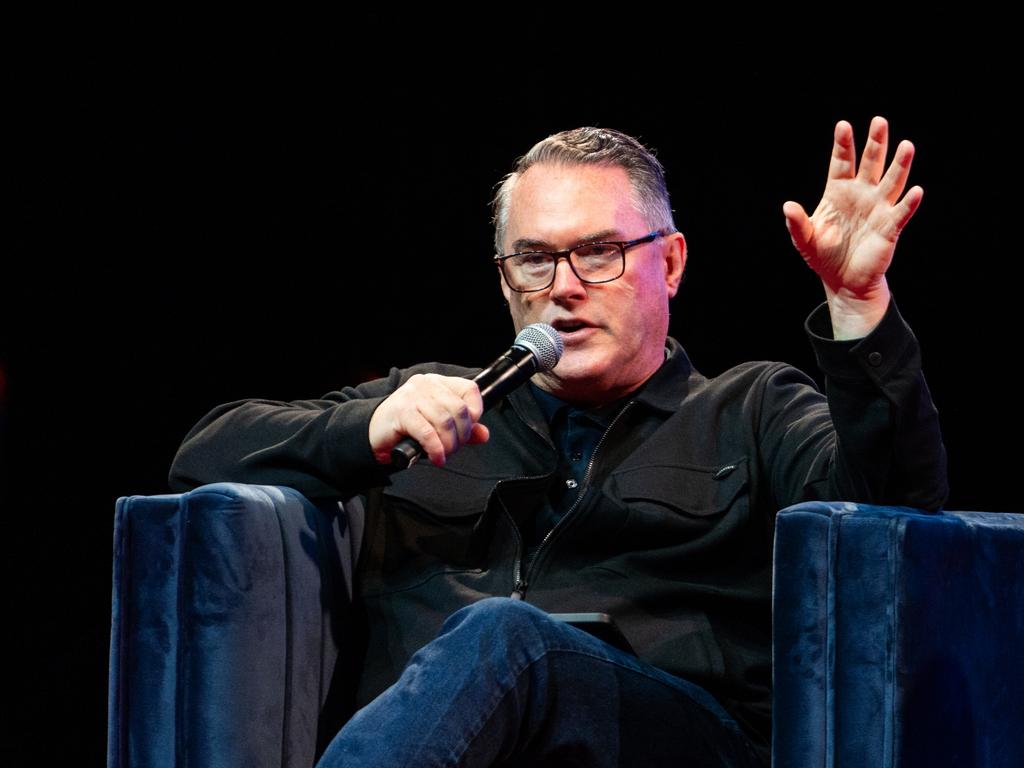
More Australians in their 60s and 70s are selling long-held family homes that have risen tremendously in value over many decades, and relocating from the cities to the coast.
They may be downsizing in terms of size but many still want a premium style of coastal home.
This is underpinning demand and solid price growth in the most desirable regional markets, and it’s one of the reasons why the regions outperformed the capital cities last year.
I’d like to wish everyone a happy and prosperous new year ahead.
If you’re thinking of moving or investing in the new year, you can check out my top suburb picks in the McGrath Report 2025.
MORE: Huge warning as Aus property market shifts
Originally published as What can help Aussies more than a rate cut



